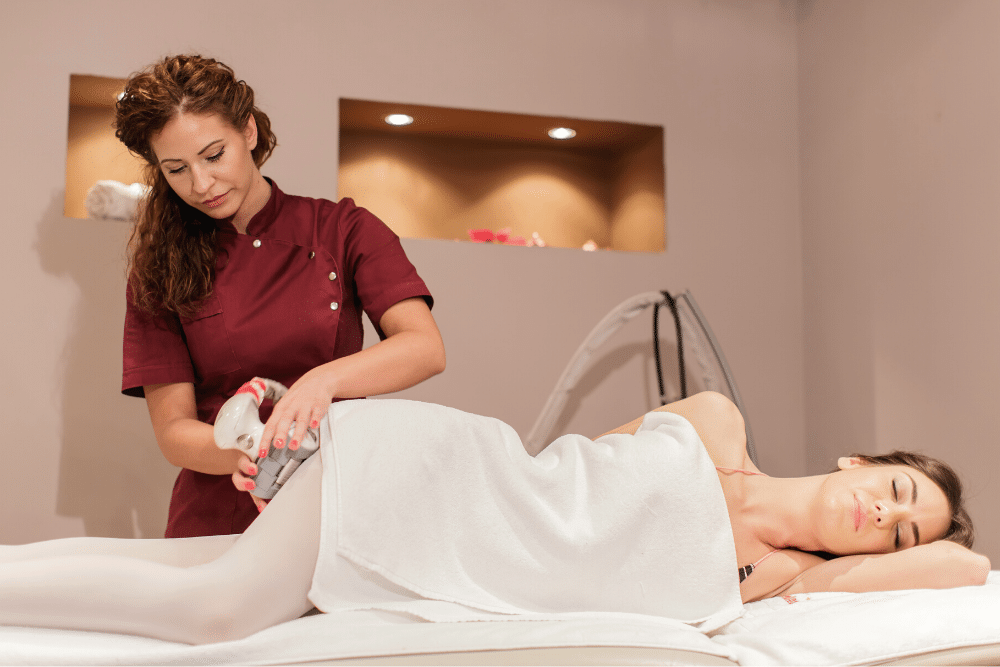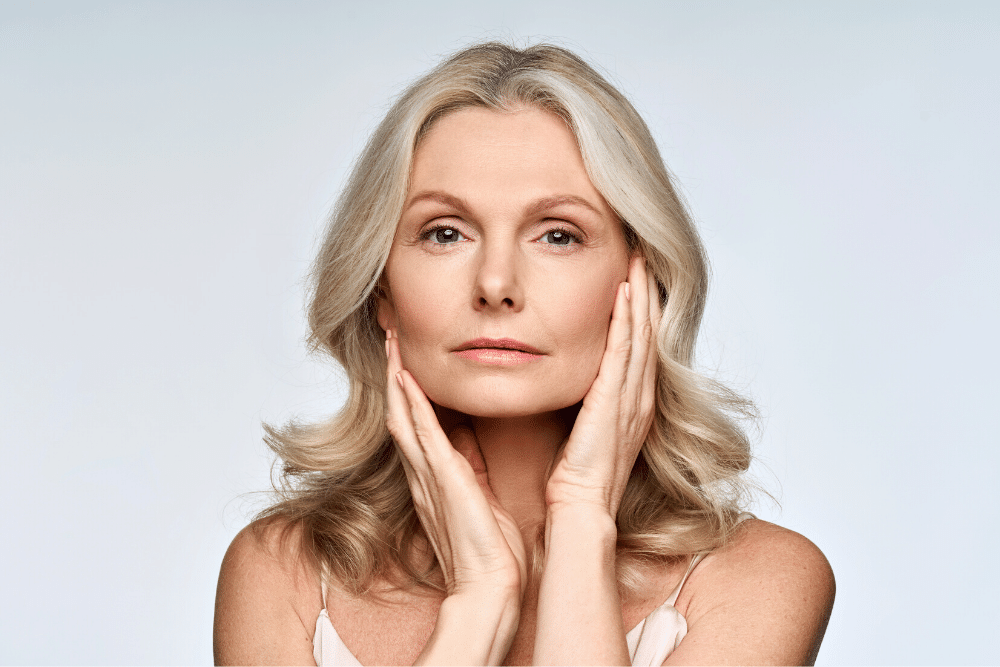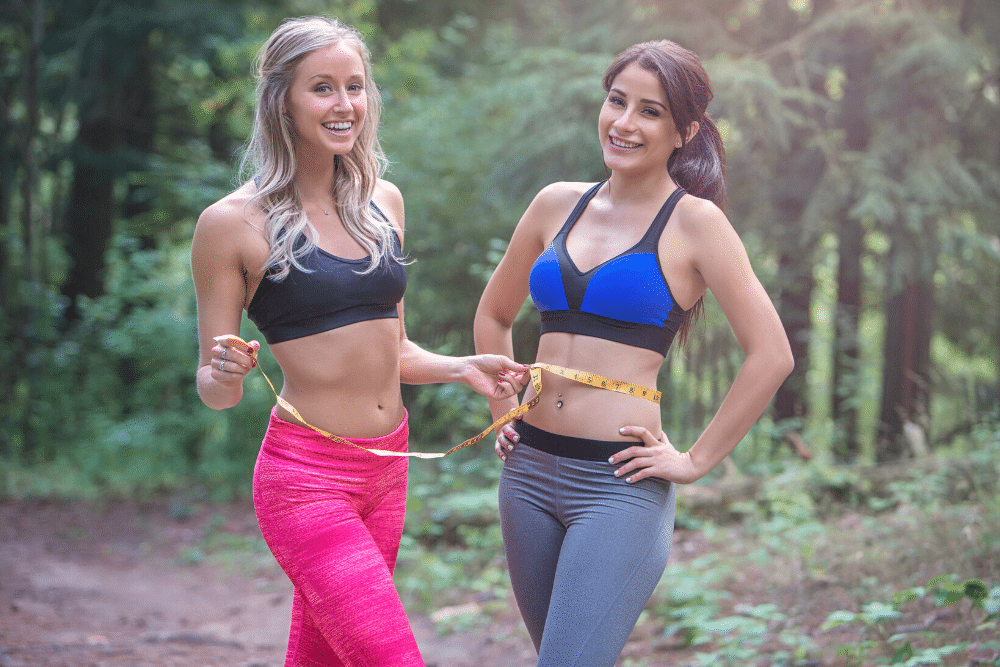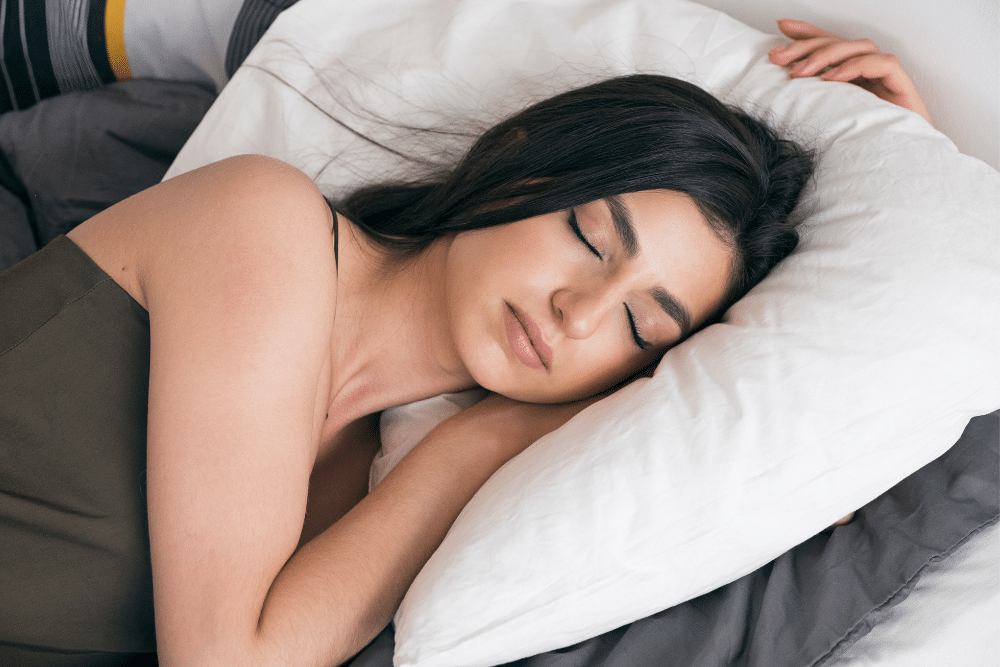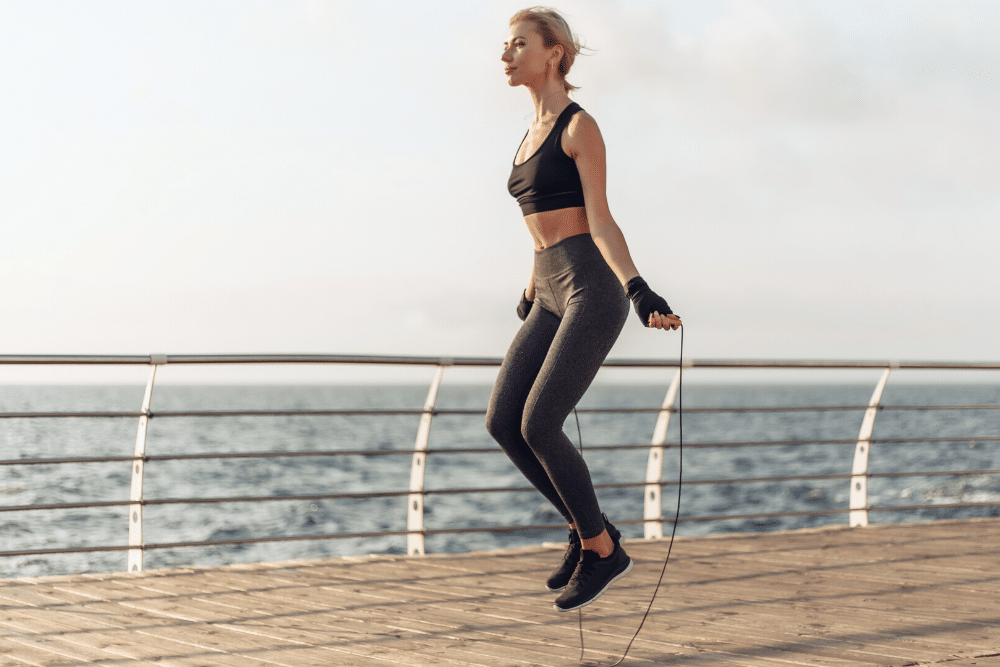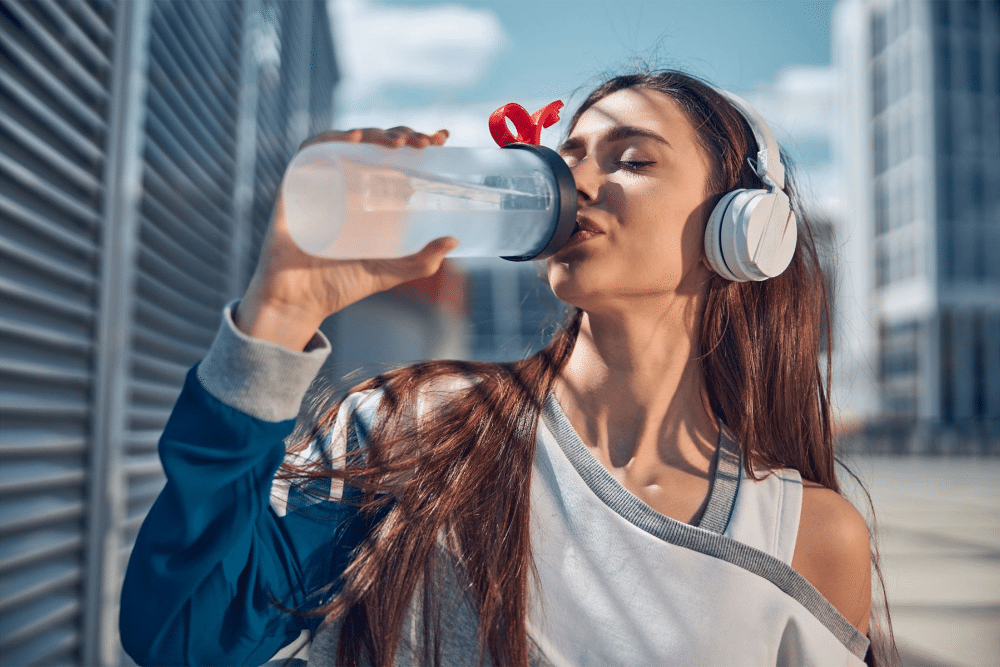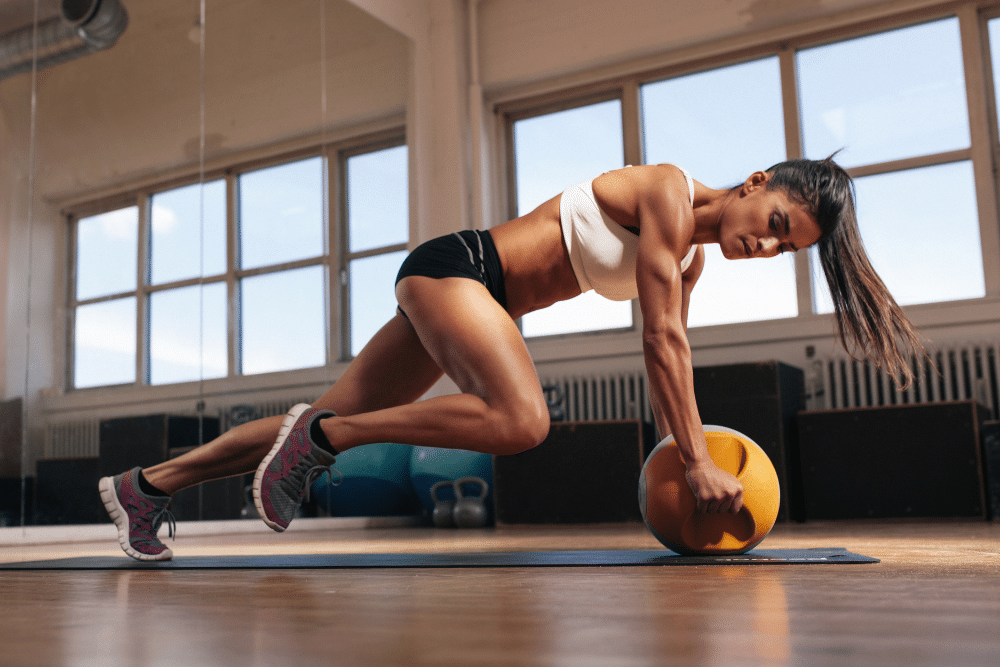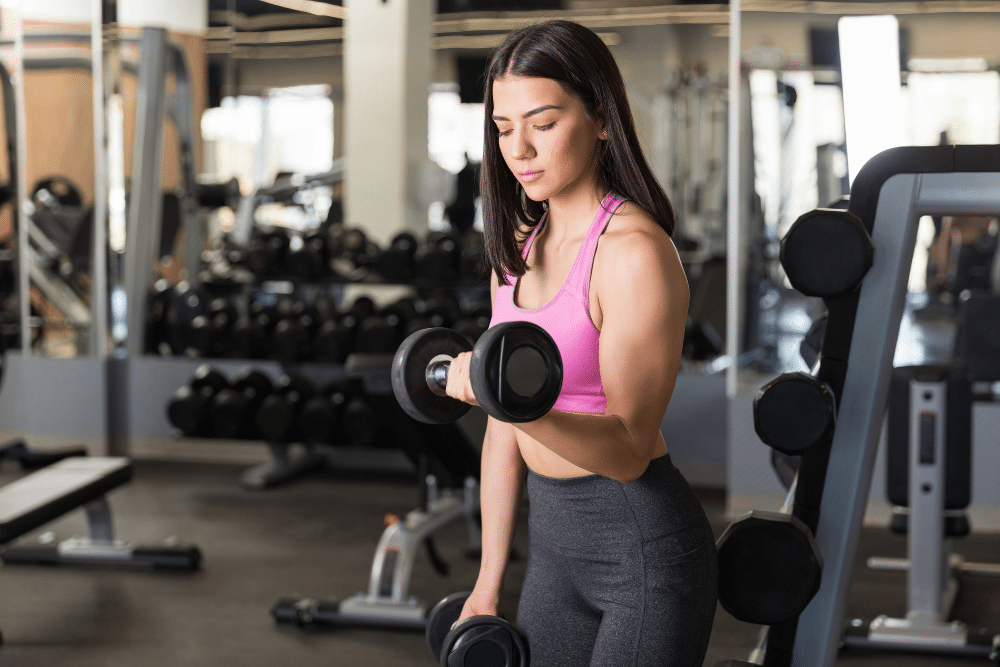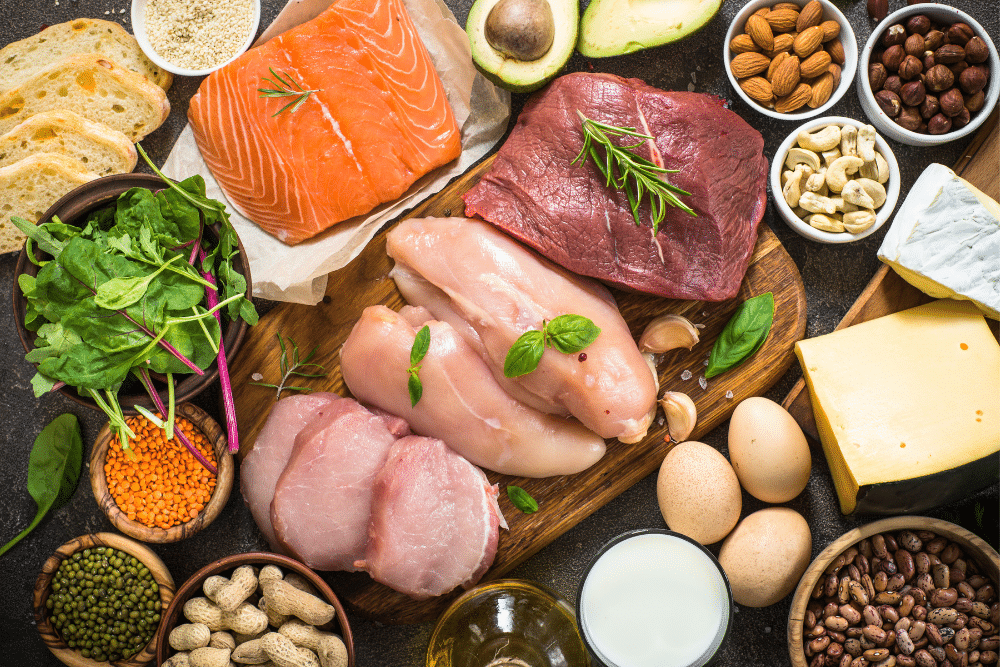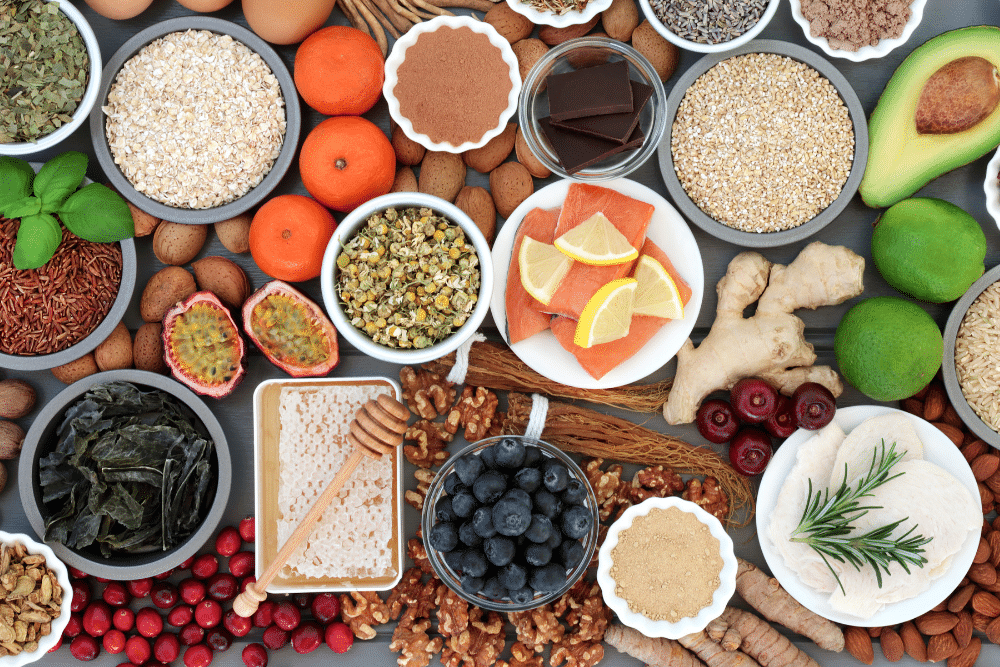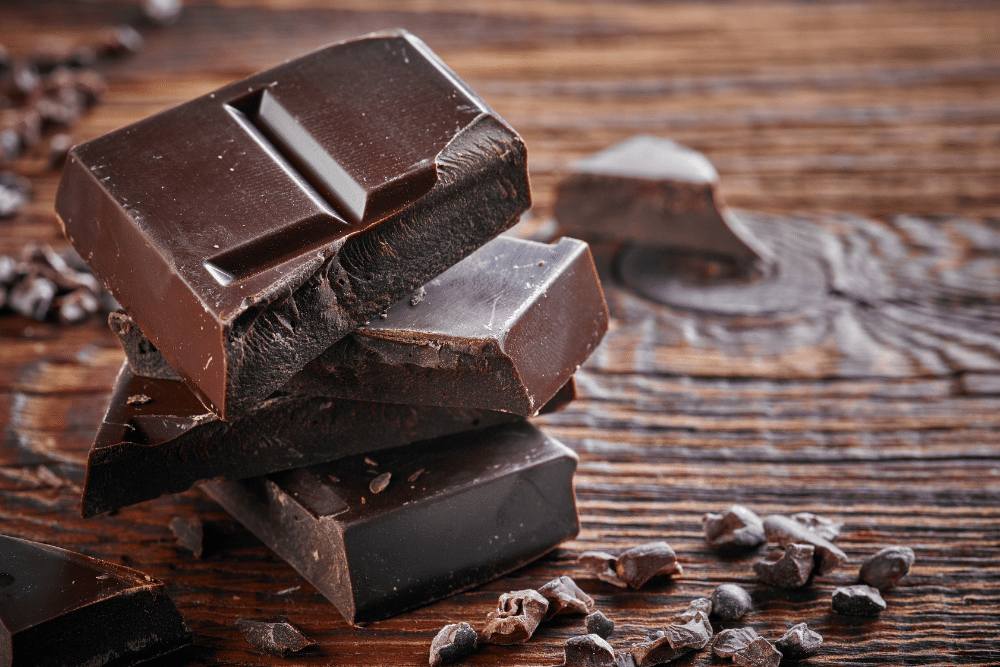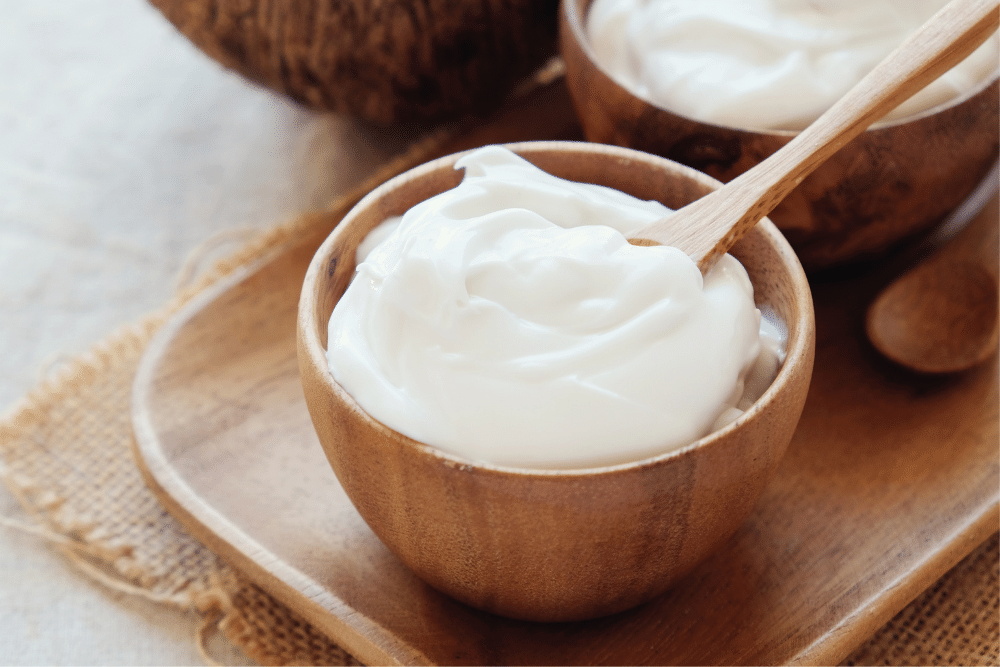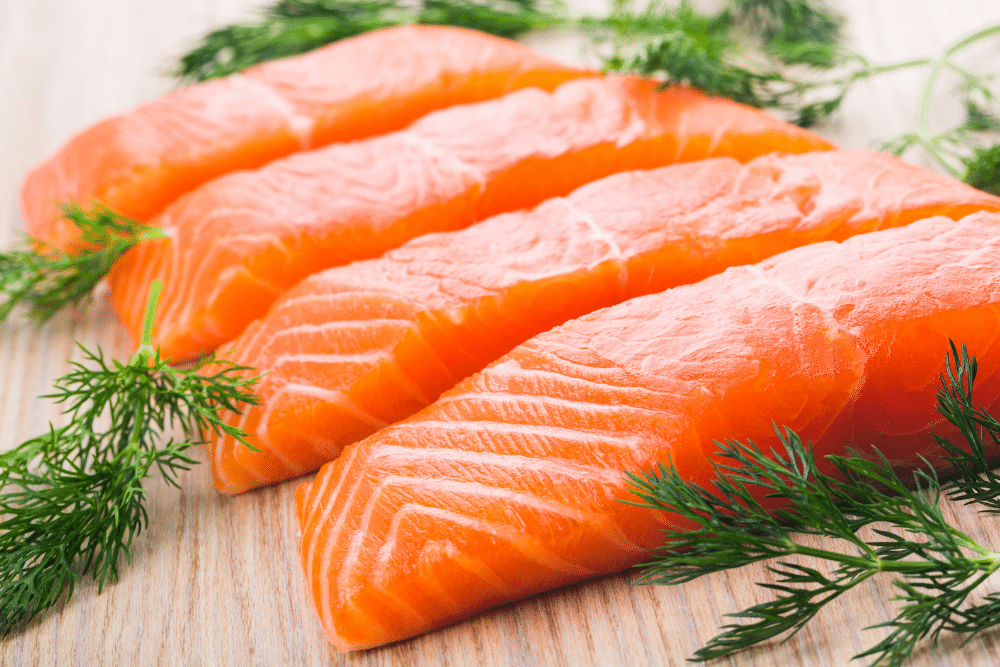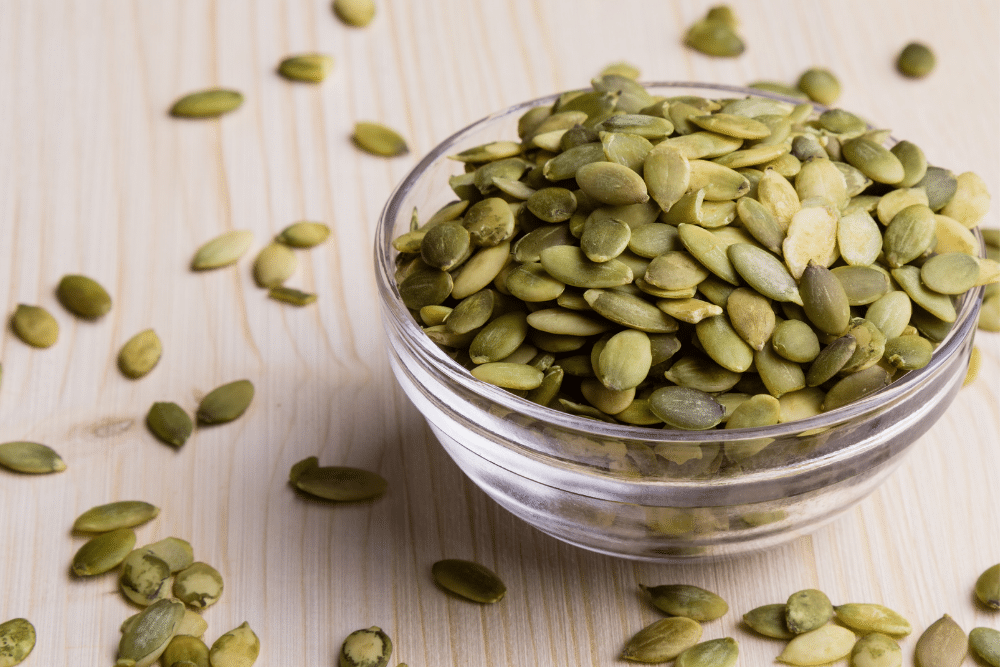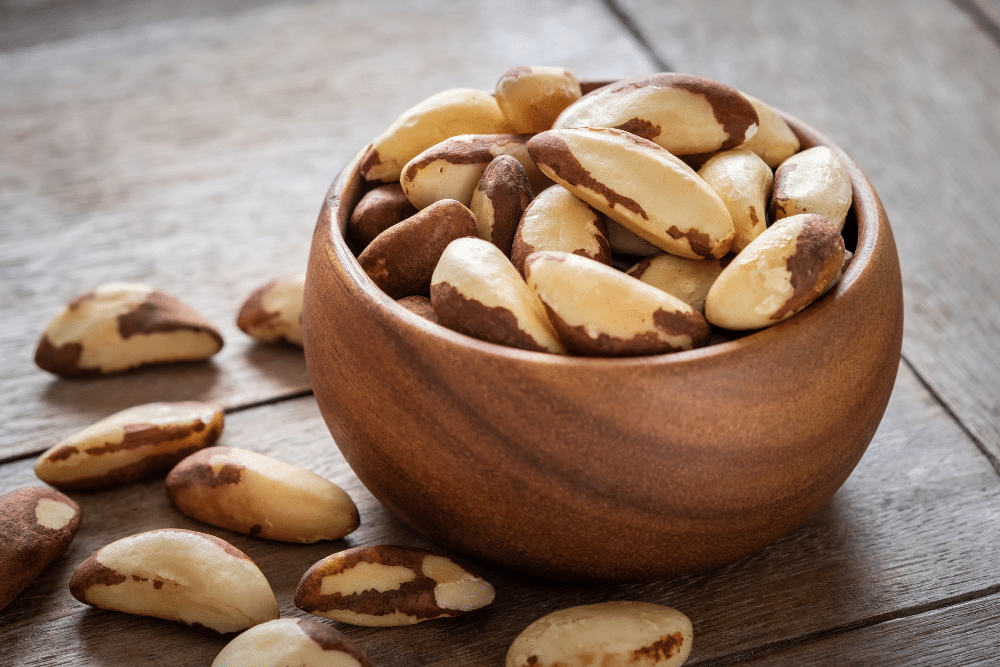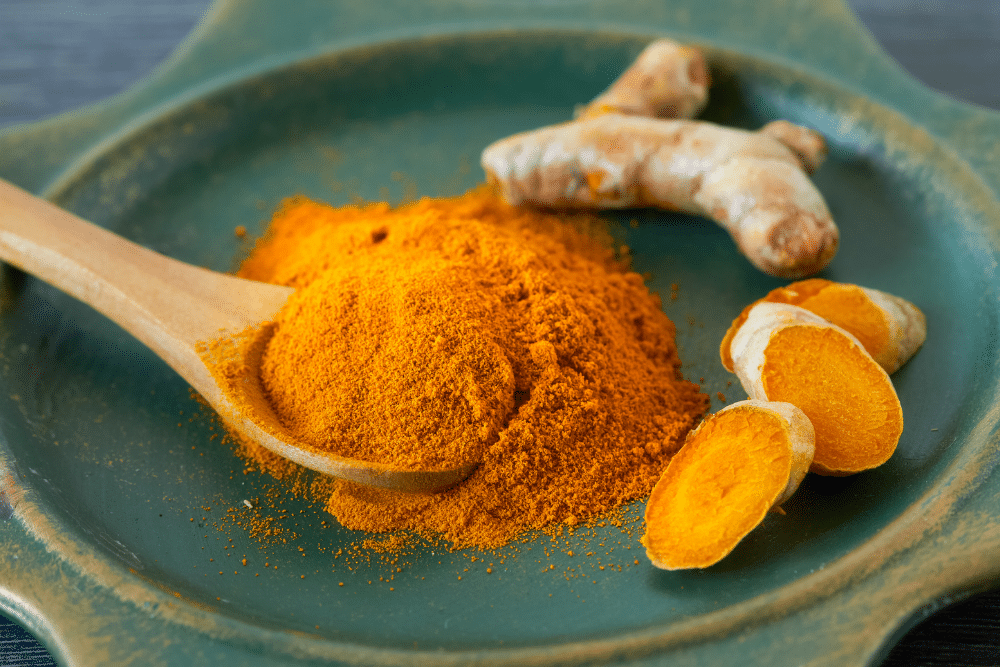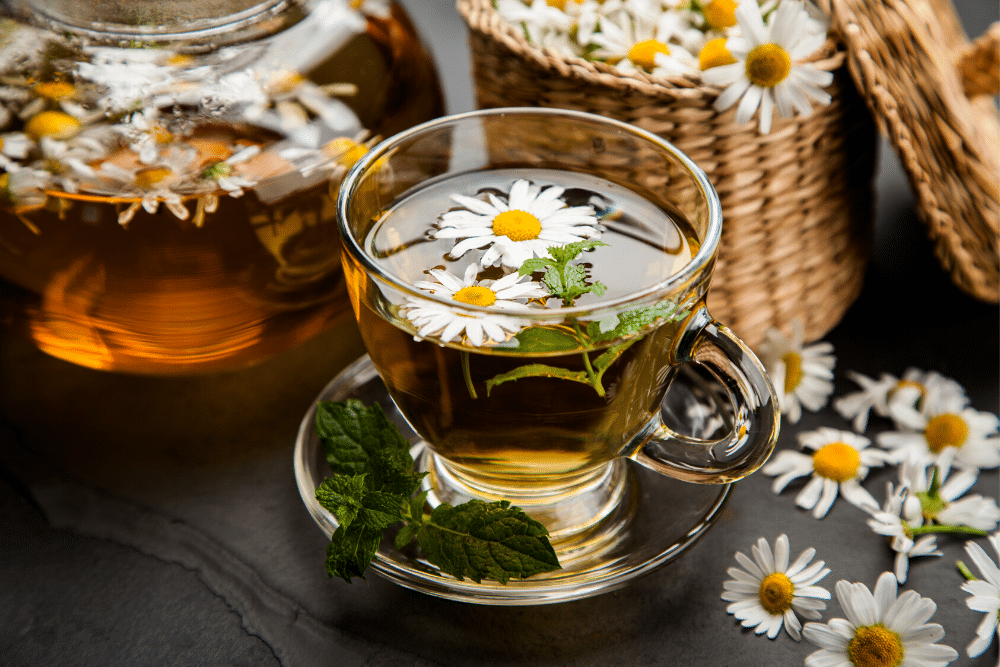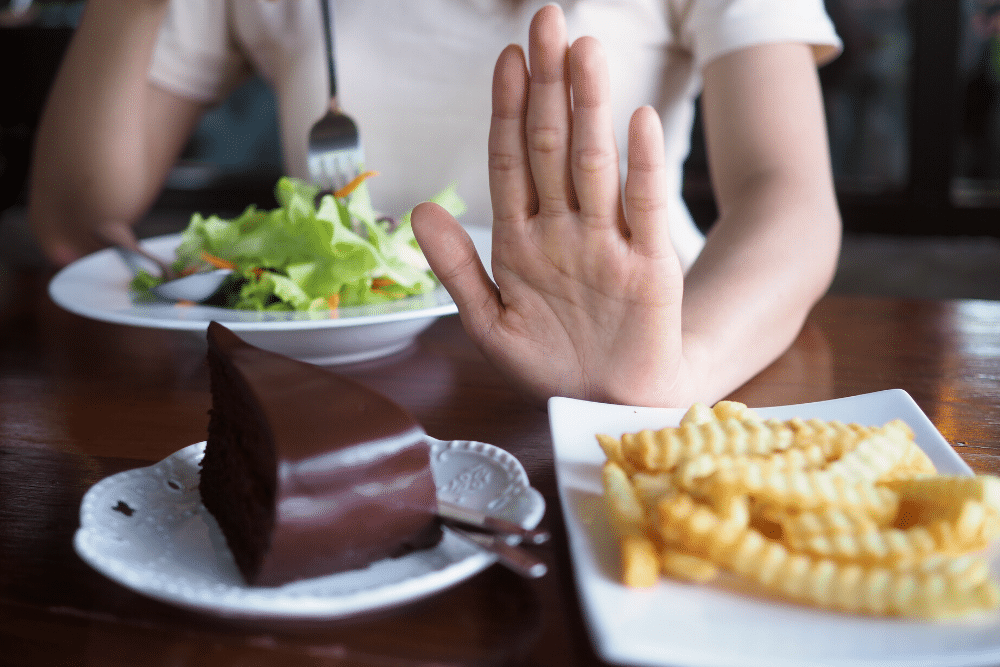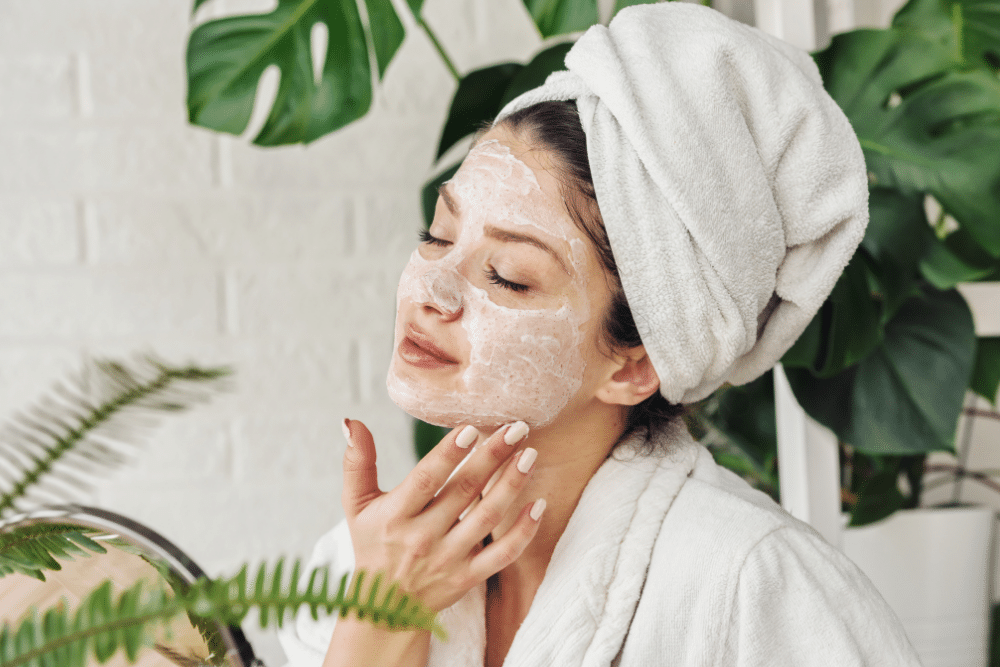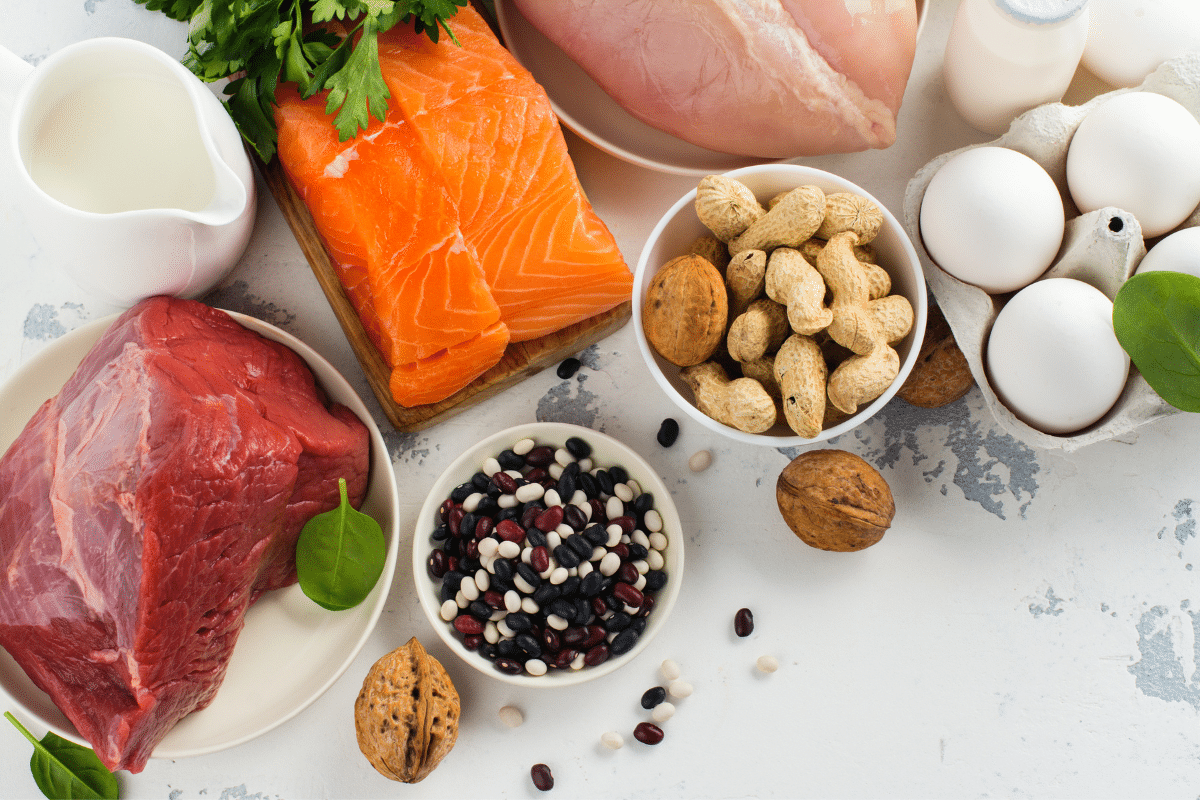A lot of people have cellulite, but that might not stop you from cringing when you see its characteristic dimples on your legs, stomach, or butt. If you’re rocking your dimply thighs, congrats! But if you’re looking for a way to reduce the appearance of cellulite on your body, what should you try first?
There are hundreds of creams, procedures, and treatments out there promising to get rid of cellulite for good, but which cellulite treatments actually work? We’ve rounded up the top cellulite treatments recommended by dermatologists, so you can feel great in your skin again.
Laser Treatments
Contrary to what some people believe, cellulite isn’t caused by being overweight. In fact, most women have cellulite, no matter what their pant size is! Cellulite is caused by fat cells—which we all have!—pushing up against cords of connective tissue.
While decreasing the amount of fat in your body can help reduce the appearance of cellulite ( we’ll touch on this later), breaking up the tough connective tissue bands can too. That’s why most office procedures for treating cellulite aim to loosen and thicken skin cells.
Laser treatments involve inserting a laser under the skin which breaks apart the cords of connective tissue that cause cellulite’s characteristic cottage cheese-like appearance. Laser treatments reduce the appearance of cellulite in most people, and results can last for 6 months or more.
Acoustic Wave Therapy
Acoustic wave therapy works in a similar way to laser treatments, but it’s less invasive. That’s because acoustic waves are used to break apart tough connective tissue from outside the body. Your doctor will manually manipulate a device over the areas you’re hoping to reduce cellulite, and after a few treatments you should start to see results.
Weight Loss
While your weight doesn’t cause cellulite, losing weight can minimize its appearance. That’s because you’ll have less fat pushing up against your connective tissue, making cellulite less pronounced.
Vacuum-Assisted Precise Tissue Release
This cellulite treatment isn’t for the faint of heart, but for some people, it reduces the appearance of cellulite for up to 3 years! If you get vacuum-assisted precise tissue release, your dermatologist will use small blades to cut your connective tissue, releasing them.
Exercise
Losing weight through exercise is a one-two punch for cellulite—losing weight decreases the amount of fat in your body, and exercise increases your muscle mass, which can make your skin look more toned and firm. By doing targeted exercises for cellulite-prone areas, you can build muscle in your butt, thighs, and stomach, reducing the appearance of cellulite.
Subcision
Subcision is similar to laser treatment in that it involves inserting something small under the skin that breaks up thick tissue. Instead of a laser, subcism uses a small needle to break apart tissue. Subcism reduces the appearance of cellulite for most people for 2 years or more!
Cellulite Creams and Lotions
While every so-called cellulite cream isn’t equally effective, if you’re looking for an everyday cream that will minimize cellulite, look for creams containing 0.3% retinol or caffeine. Caffeine creams can dehydrate your skin’s fat cells, which makes them smaller and less visible. Retinol products can thicken the skin by promoting collagen production, and it’s harder to see cellulite on thicker skin.
Collagen
As mentioned above, collagen is important in keeping skin tight and firm. Some people find that taking collagen supplements can help reduce the appearance of cellulite.
No one needs to be ashamed of cellulite—it’s entirely normal, and most people have it. If you’re looking to reduce the appearance of your cellulite, give one of these treatments a try!

